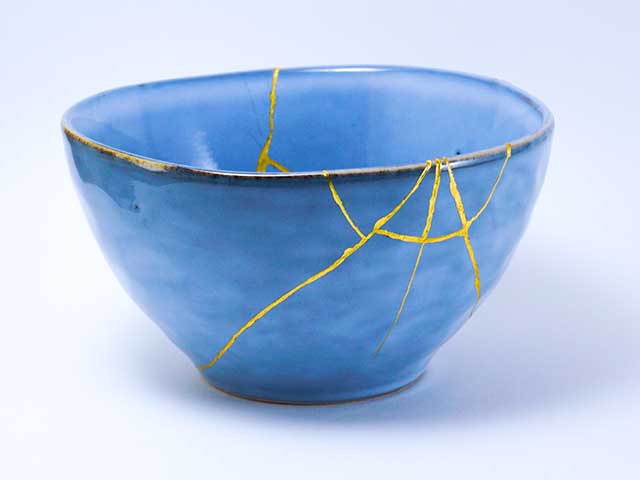
L’arte di Abbracciare le Imperfezioni
Tortured by a Chicken all Summer Long!
Cosa significa Kintsugi?
What does Kintsugi mean?
L’arte del Kintsugi è uno dei temi centrali del mio nuovo libro Eternally Artemisia. La mia protagonista è una terapeuta che organizza ritiri in Toscana. Durante questi ritiri, insegna a gruppi di donne, che hanno subito abusi, una tecnica particolare: il Kintsugi. Ma cos’è il Kintsugi? Lasciate che ve lo spieghi (con l’aiuto della mia amica Monica Facchini, che ha pubblicato un bellissimo post proprio su questo argomento oggi).
The art of Kintsugi is one of the central themes of my new book, Eternally Artemisia. My protagonist is a therapist who leads retreats in Tuscany. During these retreats, she teaches groups of women who have suffered abuse a unique technique: Kintsugi. But what is Kintsugi? Let me explain (with the help of my friend Monica Facchini, who shared a beautiful post about this today).
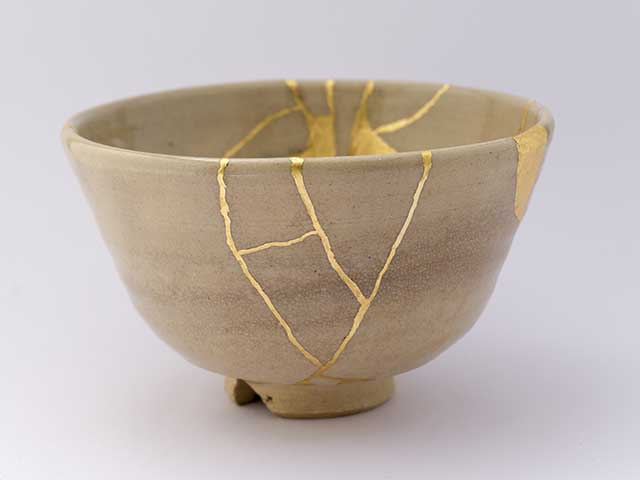
La bellezza delle crepe dorate
The beauty of golden cracks
In Giappone, quando un vaso si rompe, invece di buttarlo via, viene riparato con l’oro, che viene letteralmente inserito tra le crepe per unire i pezzi. Questo perché si crede che un vaso rotto possa diventare persino più bello di quanto fosse in origine.
In Japan, when a vase breaks, instead of throwing it away, it is repaired with gold, which is literally inserted into the cracks to hold the pieces together. This is because it is believed that a broken vase can become even more beautiful than it was originally.
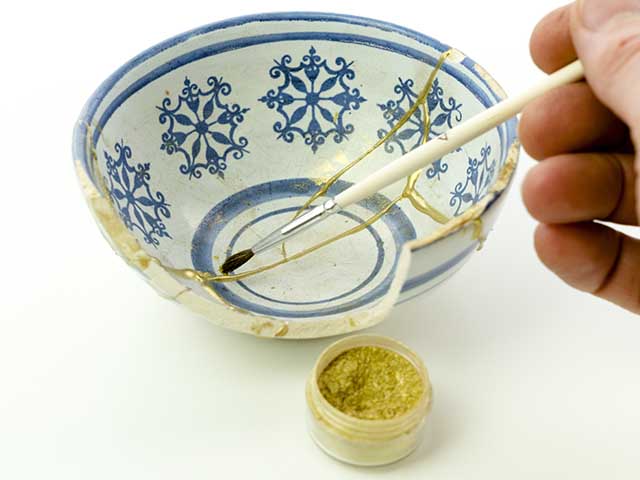
Una filosofia di accettazione
A philosophy of acceptance
Ma ciò che conta di più non è tanto la possibilità di riparare un oggetto aumentando la sua bellezza e il suo valore, quanto la filosofia sottostante. Questa afferma che la vita non è fatta solo di integrità, ma anche di rotture, che vanno accettate.
But what matters most is not so much the possibility of repairing an object by enhancing its beauty and value, but the underlying philosophy. It maintains that life is not only about wholeness but also about fractures, which must be accepted.
Cicatrici che raccontano una storia
Scars that tell a story
Il dolore, così come l’errore, per i giapponesi non rappresenta un sentimento da sradicare o nascondere, proprio come l’imperfezione estetica non è un elemento capace di rovinare l’armonia di una figura. Le crepe di un oggetto rotto non devono essere nascoste, ma accettate e valorizzate, proprio come le cicatrici e le ferite dell’anima non si celano, ma si mostrano senza vergogna, essendo parte della nostra storia.
For the Japanese, pain and mistakes are not feelings to be eradicated or hidden, just as aesthetic imperfections do not destroy the harmony of an object. The cracks of a broken object should not be concealed but embraced and appreciated, just as the scars and wounds of the soul are revealed without shame, as they are part of our story.
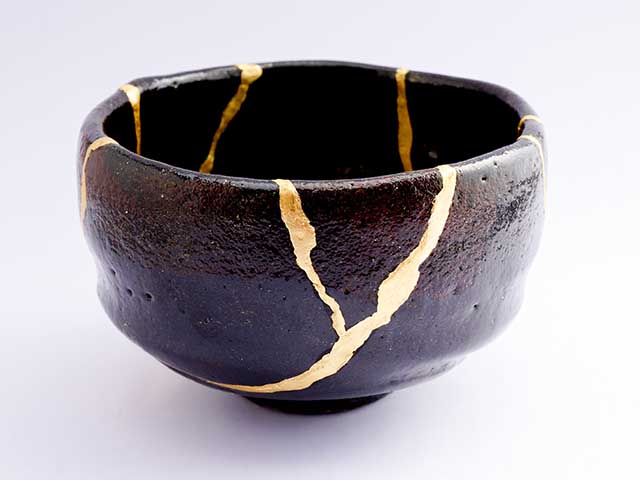
Rigenerazione e rinascita interiore
Regeneration and inner rebirth
Il Kintsugi ci insegna che una forma di bellezza e perfezione superiore può rinascere da una ferita restaurata. La lenta riparazione che segue una rottura ci lascia comprendere che i segni impressi dalla vita sulla nostra pelle e nella nostra mente hanno valore e significato. È proprio da questi segni, dalla loro accettazione e guarigione, che nascono i processi di rigenerazione e rinascita interiore, che ci rendono di nuovo integri in modo nuovo.
Kintsugi teaches us that a form of beauty and superior perfection can be reborn from a healed wound. The slow process of repair after a rupture helps us understand that the marks life leaves on our skin and mind carry value and meaning. From these marks, through their acceptance and healing, comes regeneration and inner rebirth, making us whole again in a new way.
Segui Artemisia e scopri il Kintsugi
Follow Artemisia and discover Kintsugi
Seguite il viaggio di Artemisia tra le pagine di Eternally Artemisia per scoprire di più sull’arte del Kintsugi!
Follow Artemisia’s journey in the pages of Eternally Artemisia to discover more about the art of Kintsugi!
Read the novel that was inspired by the art of Kintsugi
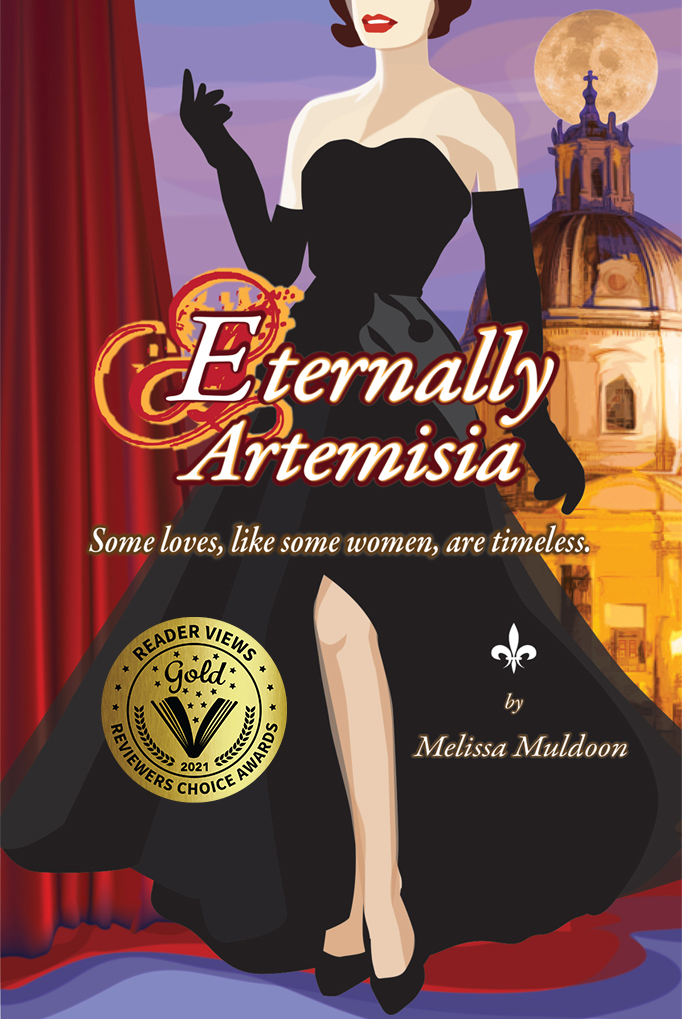
Eternally Artemisia
They say some loves travel through time and are fated to meet over and over again. For Maddie, an art therapist, who wrestles with the “peculiar feeling” she has lived previous lives and is being called to Italy by voices that have left imprints o her soul, this idea is intriguing. Despite her best efforts, however, proof of this has always eluded her. That is, until one illuminating summer in Italy when Maddie’s previous existences start to bleed through into her current reality. When she is introduced to the Crociani family—a noble clan with ties to the seventeenth-century Medici court that boasts of ancestors with colorful pasts—she finally meets the loves of her life. One is a romantic love, and another is a special kind of passion that only women share, strong amongst those who have suffered greatly yet have triumphed despite it. As Maddie’s relationship develops with Artemisia Gentileschi—an artist who in a time when it was unheard of to denounce a man for the crime of rape, did just that—Maddie discovers a kindred spirit and a role model, and just what women are capable of when united together. In a journey that arcs back to biblical days and moves forward in time, Maddie encounters artists, dukes, designers, and movie stars as well as baser and ignoble men. With Artemisia never far from her side, she proves that when we dare to take control of our lives and find the “thing” we are most passionate about, we are limitless and can touch the stars.
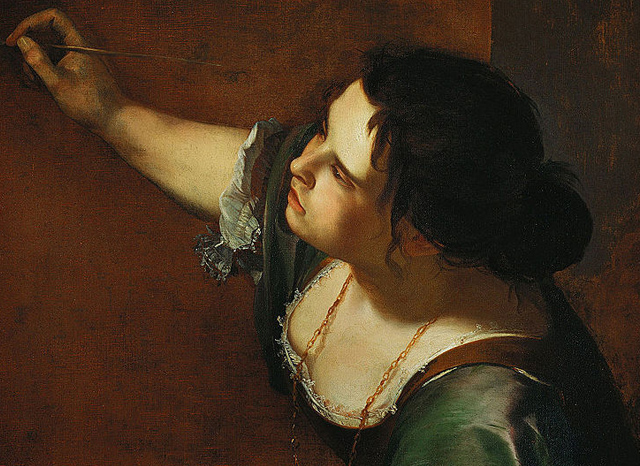

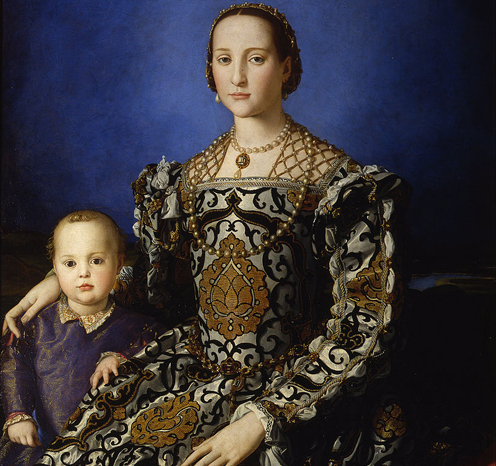
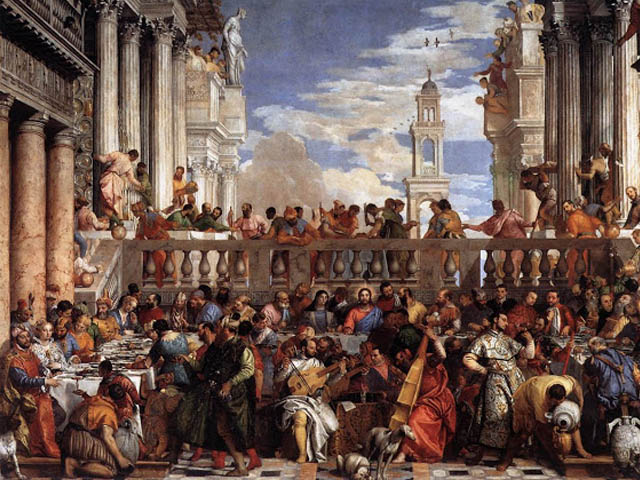

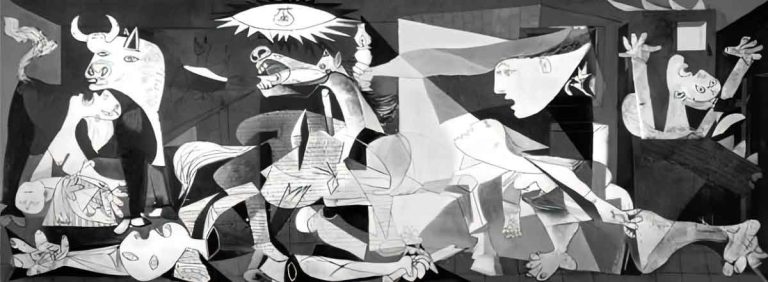





What a lovely philosophy! So glad you shared this with us. Looking forward to reading your new book!